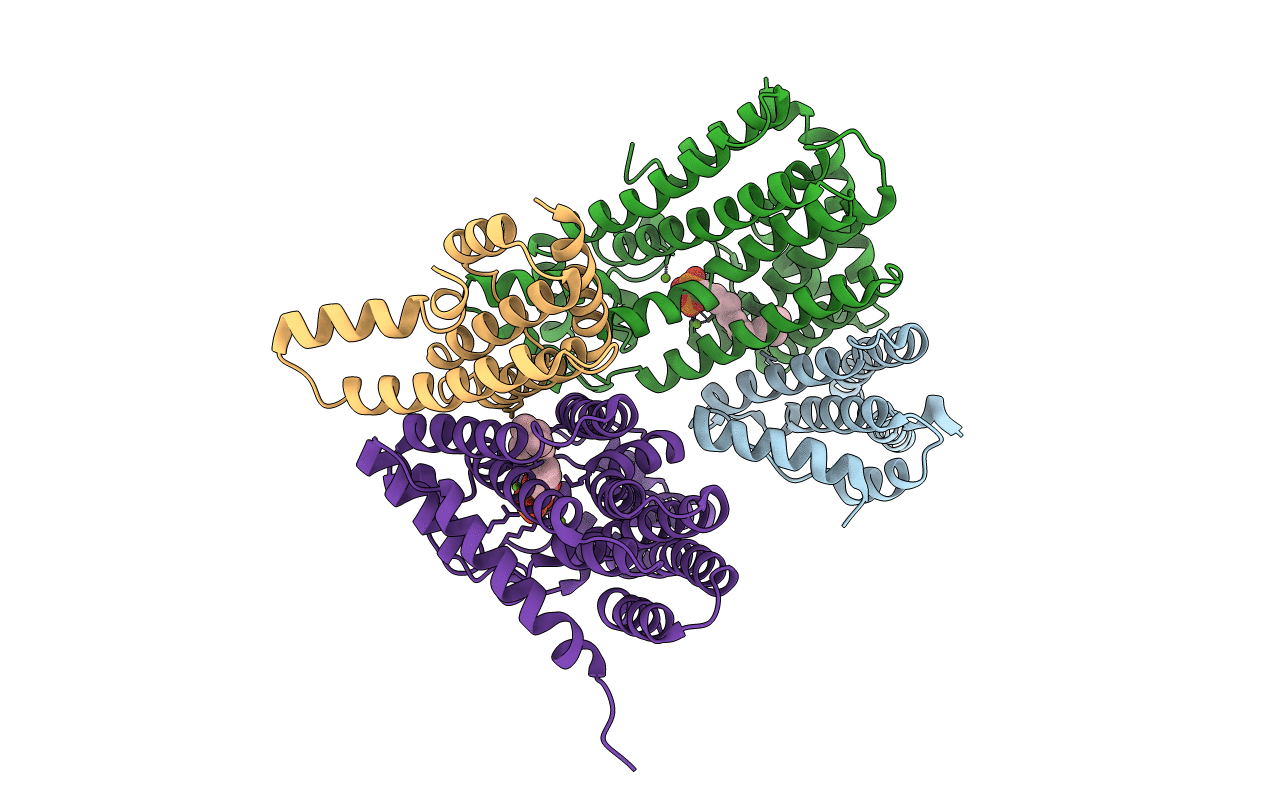
Deposition Date
2010-10-28
Release Date
2010-11-10
Last Version Date
2024-03-13
Entry Detail
PDB ID:
3AQC
Keywords:
Title:
M. luteus B-P 26 heterodimeric hexaprenyl diphosphate synthase in complex with magnesium and FPP analogue
Biological Source:
Source Organism:
Micrococcus luteus (Taxon ID: 1270)
Host Organism:
Method Details:
Experimental Method:
Resolution:
2.61 Å
R-Value Free:
0.28
R-Value Work:
0.23
R-Value Observed:
0.24
Space Group:
I 21 3


